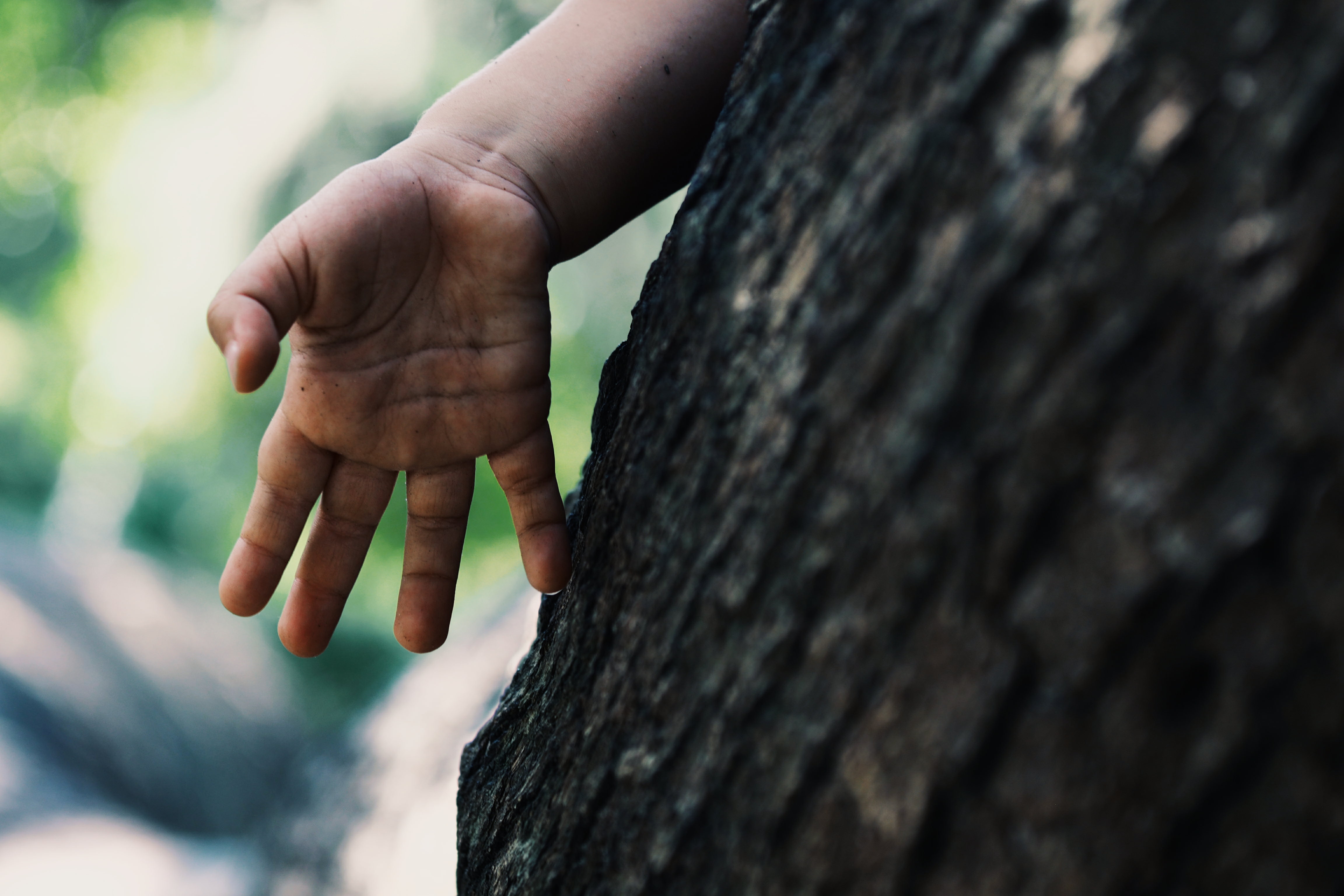Visiting The Leprosy Colony
Leprosy is an infectious disease that has been known since biblical times. It is characterized by disfiguring skin sores, nerve damage, and progressive debilitation. Leprosy is caused by the organism Mycobacterium leprae. It is not very contagious (very difficult to transmit) and has a long incubation period which makes it difficult to determine where or when the disease was contracted. Children are more susceptible than adults to contracting the disease.
Leprosy has two common forms, tuberculoid and lepromatous, and these have been further subdivided. Both forms produce sores on the skin, but the lepromatous form is most severe, producing large, disfiguring lumps and bumps called nodules. All forms of the disease eventually cause nerve damage in the arms and legs, which causes sensory loss in the skin and muscle weakness. People with long-term leprosy may lose the use of their hands or feet due to repeated injury resulting from lack of sensation. Leprosy is common in many countries worldwide, and in temperate, tropical, and subtropical climates. Approximately 100 cases per year are diagnosed in the United States. Most cases are limited to the South, California, Hawaii, and U.S. island possessions. Effective medications exist, and isolation of victims in “leper colonies” is unnecessary. The emergence of drug-resistant Mycobacterium leprae , as well as increased numbers of cases worldwide, has led to global concern about this disease.
In Khammam, as the first housing project ever completed in India by the Habitat for Humanity, 22 homes were built to house lepers who have been outcast from society. They have lived their for many years and raise their children and grandchildren who live along with them, almost all of whom do not have leprosy. Many of these small two room homes have more than 6 people living in them. The Christian Service Unit through donations made from such organizations as FOCI is able to mange giving each leper (not each family member) less than 50 rupees a month ($1US). The living conditions are abhorrent, but the hope and the smiles of these people is contagious!
- Amy read a beautiful story to the children
- Their church decorated for Christmas
- The rats are coming through the dirt floors and chewing on the lepers toes. We need to get them concrete floors!
- A one-armed powered bike
- Mary showing them digital pictures of themselves brought big smiles!
- Joe B. finds some lovely friends
- Grand mother and grand daughter
- We sang to them and they sang to us!
- Even through a translator the children loved it















